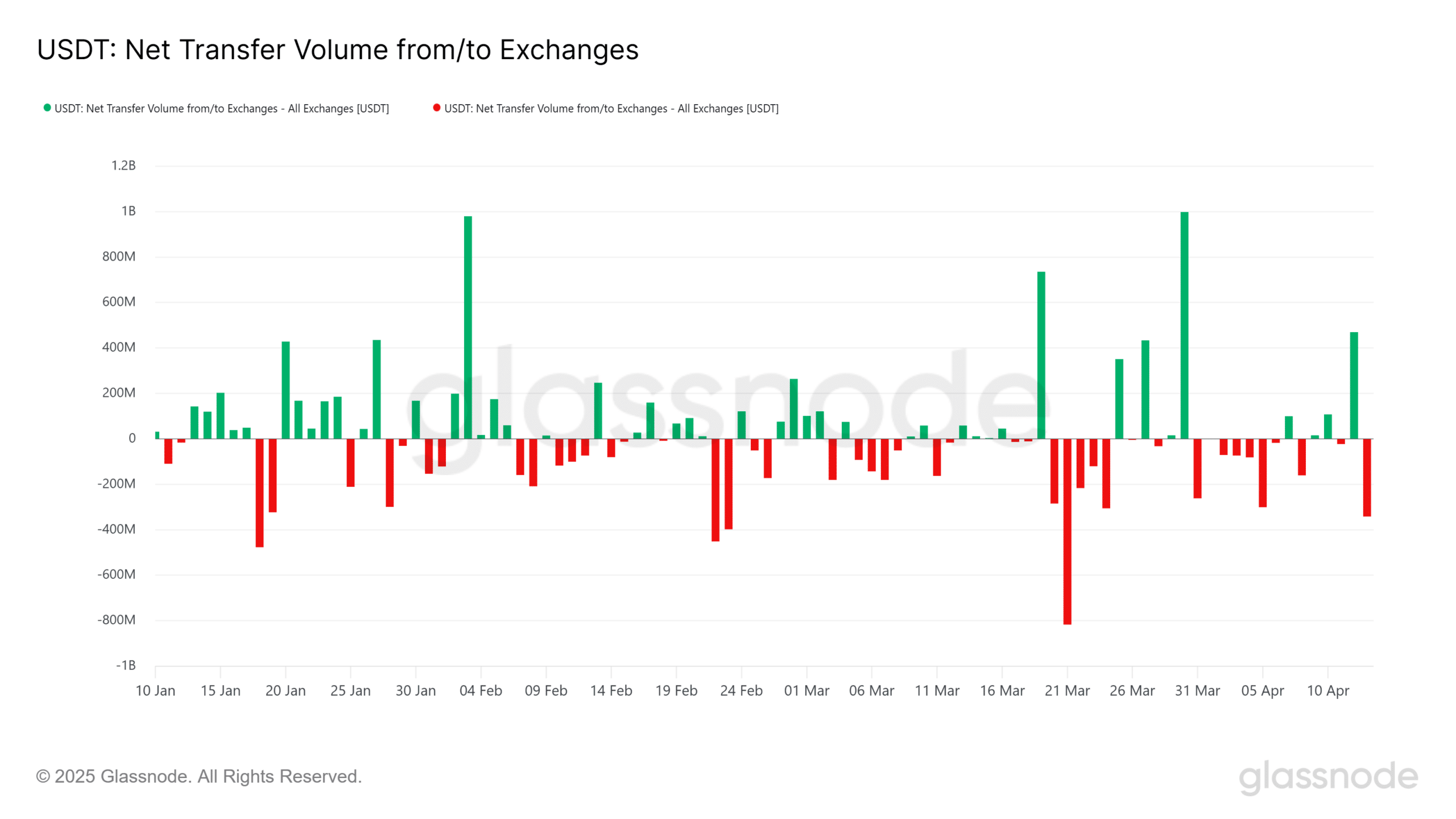- Stablecoins have become integral to mainstream finance, yet many banks focus primarily on the basic concept.
- Below are some critical aspects of stablecoins that banks must fully understand.
Stablecoins, once a niche concept within the cryptocurrency ecosystem, have now positioned themselves as a critical player in global financial discourse.
In fact, some analysts contend that these stable tokens could emerge as a formidable competitor to the U.S. dollar. According to AMBCrypto, two key factors support this hypothesis.
First, the expanding adoption of stablecoins for cross-border transactions, particularly in the settlement of essential commodities like crude oil and agricultural goods.
Second, and most critically, the growing international momentum, particularly within the G20 economies, for the development of a decentralized or non-USD alternative.
As a result, stablecoins – most notably Tether [USDT] – have reached a market capitalization of $144.30 billion, positioning itself as a leader in the evolving digital finance landscape.
Understanding stablecoins beyond speculation
For context, stablecoins are designed to maintain a 1:1 peg with assets like the U.S. dollar. In contrast to risk assets, stablecoins exhibit a negative correlation with broader market dynamics.
Simply put, an uptick in stablecoin dominance signals a capital reallocation away from volatile assets, indicating a flight to liquidity. Within this framework, stablecoins function as a de-risking instrument.
Illustratively, during the 20–24 March window, USDT netflow chart printed pronounced red-bodied candlesticks, reflecting elevated accumulation.
This coincided with Bitcoin’s[BTC] parabolic move toward a local top at $88k, followed by a sharp corrective move to $81k.


Source: Glassnode
Hence, their inherent stability renders them less speculative than other risk assets. However, many banks continue to misinterpret the strategic role of these stable tokens — often reducing them to simplistic fiat proxies.
As the financial landscape evolves and decentralization gains structural relevance, below are some key aspects of stablecoins that banks should know.
Critical realities banks must understand
Clear oversight is critical for any asset class, but stablecoins face a fragmented regulatory landscape.
For instance, in the U.S., unclear jurisdiction between the SEC and CFTC creates confusion. The EU, by contrast, is moving toward standardization with its MiCA framework.
Meanwhile, Asia presents a mixed picture. This global divergence complicates cross-border operations. In fact, as countries roll out their own Central Bank Digital Currency (CBDC) pilots, stablecoins may face tighter rules moving forward.
But it doesn’t stop there. Even in remittance services, which require cross-border payments, banks must address regulatory hurdles to fully capitalize on this use case.
In conclusion, stablecoins offer significant use cases in the banking sector, enhancing transparency and decentralization.
However, for their potential to be fully realized, banks must establish strict regulatory oversight, streamline cross-border payments, and shift their perspective – viewing stablecoins not as speculative competitors, but as the future of mainstream finance.







